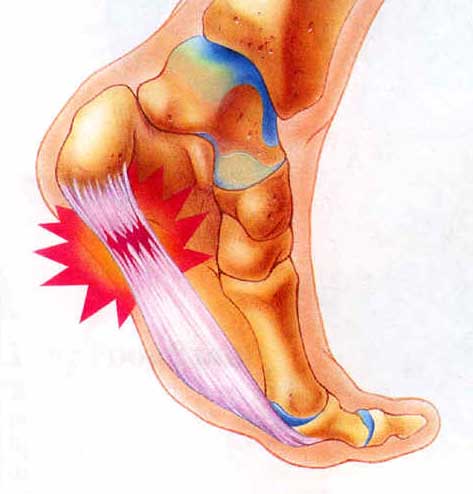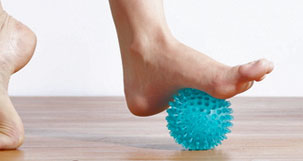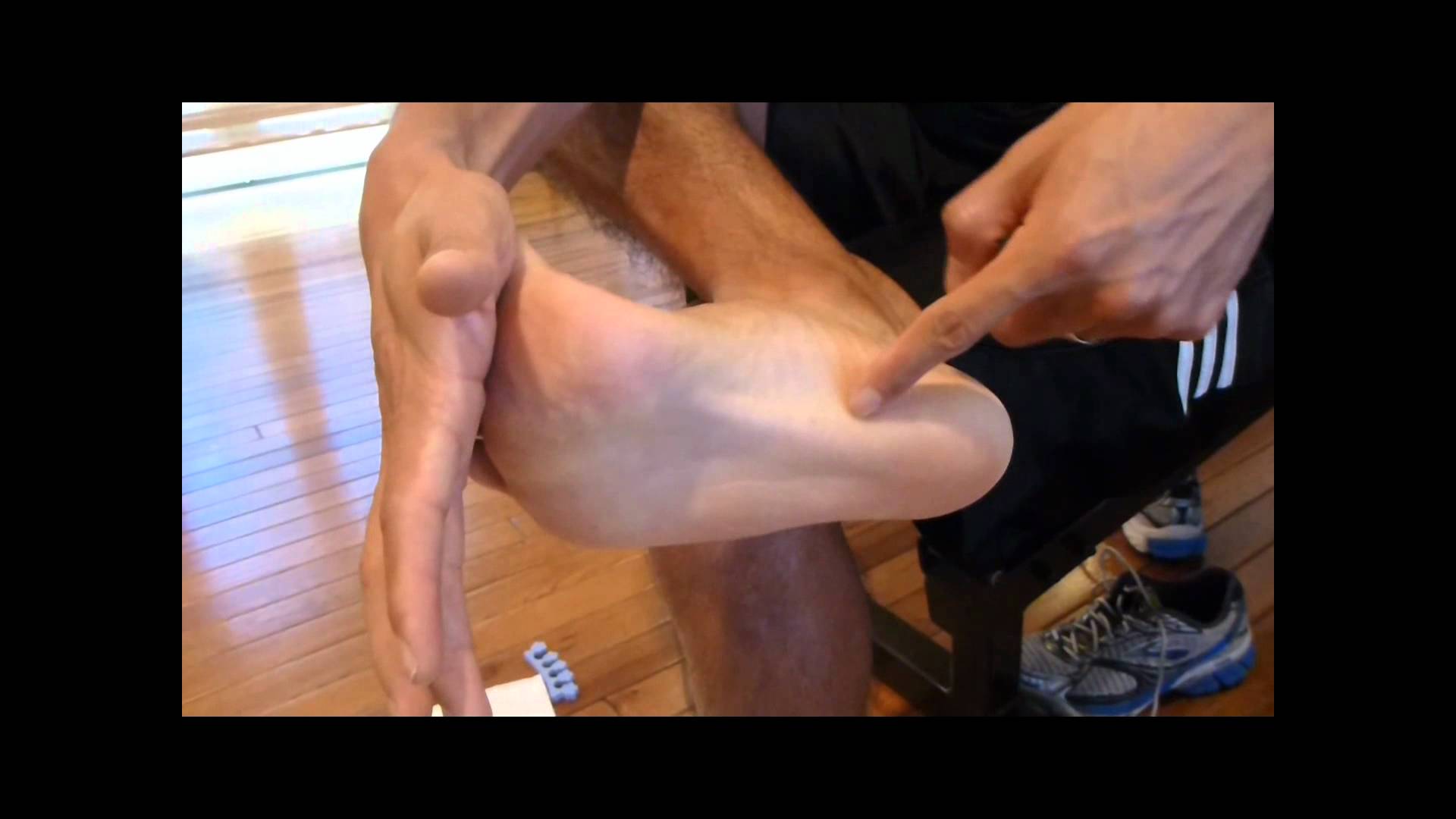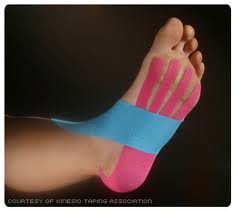
Plantar Fasciitis is a common cause of heel pain. Symptoms can come on gradually over time and often be worse in the morning.
Symptoms
- Gradual onset of pain under the heel which can also move up to the foot arch.
- Pain is usually worse in the morning as the foot has been relaxed overnight and the Plantar Fascia becomes shortened temporarily.
- Moving around tends to ease the pain as the tissues warm up and stretch out.
What is the Plantar Fascia?
- It is is a thick band of tissue that runs from the heel to the front of the foot
- Plantar Fasciitis tends to be more common in sports such as running, dancing and jumping where more load is put through the Plantar Fascia.
- Inflammation of the fascia causes pain at the heel attachment which can then radiate along the bottom of the foot.
- Overuse injury is usually the cause of Plantar Fasciitis but there are a number of factors that can increase the possibility of developing it such as:-
- Having a high arched foot.
- Tight muscles in the hips, hamstrings and calves.
- Wearing flat or hard soled shoes.
- Overpronation of the foot which is where the foot rolls inwards and can then over stretch the Plantar Fascia.
Treatment
As always if you are not sure whether you have Plantar Fasciitis please seek advice from a professional before starting any self treatment.
- Ice - in the initial stages aim to ice for 10 minutes every hour. This can reduce to 3 times a day once the pain has lessened.
- Never put ice directly onto the skin. Wrap in a wet tea towel before applying.
- Rolling a ball under the foot to help stretch the Plantar Fascia.

- Stretching the calves off a step or against a wall. Aim for 3-5 times a day and hold each stretch for at least 30 seconds.

- Stretch under the foot by bringing your toes towards the front of your leg.

- Wear Supportive Footwear such as trainers or comfortable shoes.
- Taping - this can help protect and support the Plantar Fascia until there is minimal pain.

Massage - when the condition has become less painful deep tissue techniques can be used to relax and stretch the fascia. Treatment around the calves and achilles will also help relax the surrounding muscles.

